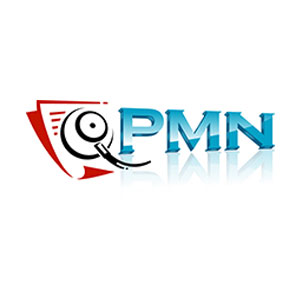
Healthcare organizations, when run on a small scale, tend to have particular problems in the financial area. As such, it’s important to become aware of the revenue cycle management process so that there is stability and smoothness when providing the medical services.
Category
Business
What Are The 13 Steps of Revenue Cycle Management
What Are The 13
Steps of Revenue
Cycle
Management?
• Healthcare organizations, when run on a small scale,
tend to have particular problems in the financial
area. As such, it’s important to become aware of the
revenue cycle management process so that there is
stability and smoothness when providing the medical
services.
• For many healthcare providers, mastery of these
processes is the way forward in ensuring timely and
consistent payments, without which late payments
could threaten the financial health of the practice.
• Effective revenue cycle management involves
everything that is concerned with the follow-up of
patient care episodes—from the very first contact
for an appointment to receiving the last amount for
that particular treatment.
• RCM doesn’t only ensure that you get paid for the
services you render, but it also helps in improving
patient satisfaction and keeps your practice healthy.
• We detail throughout this article, in simple
actionable steps, the 13 steps of healthcare revenue
cycle management to enable easy implementation in
your medical practice.
1. Patient Pre-Registration
• The revenue cycle begins before a patient even steps
into your practice. During patient registration, key
patient data are collected, including:
• Demographics
• Medical History
• Insurance Details
• Accurate pre-registration is essential to verify the
patient’s insurance coverage and prevent errors later
in the billing process.
2. Insurance Verification
• Once you have the patient’s insurance details, the
next step is verifying their insurance eligibility,
thereby ensuring you’ll be paid for the services your
practice performs. Missing this step means denials
and eventual non-payment may result.
3. Patient Check-In
• It is always crucial to reconfirm the information of
the patient at the time of the visit. This will entail
verification of insurance, collecting copay, and
completion of forms and signatures. Precise check-in
reduces errors that delay claim processing.
• To read our full blog post, click here: https
://pmninc.biz/what-are-the-13-steps-of-revenue-cycl
e-management/

Comments